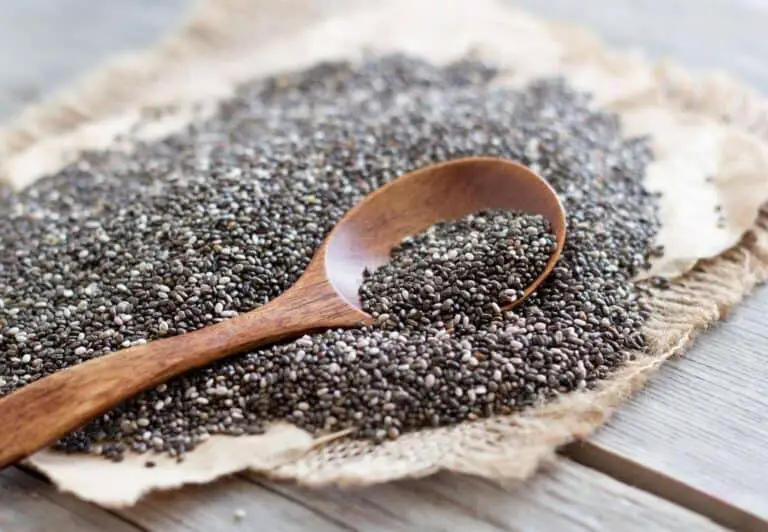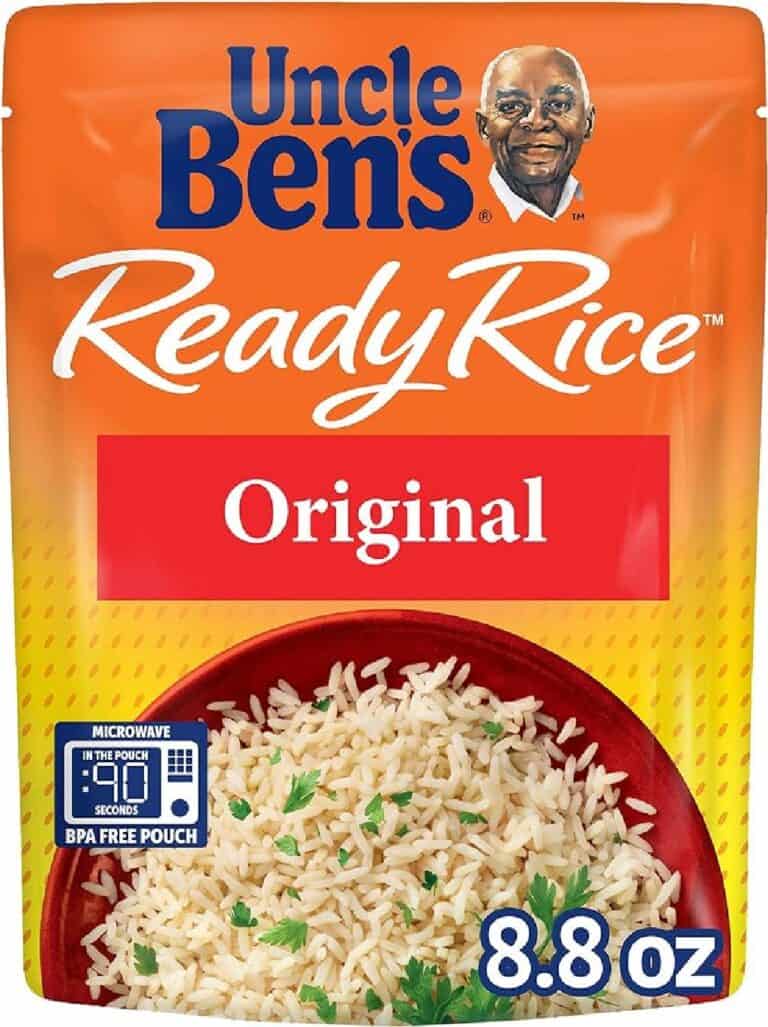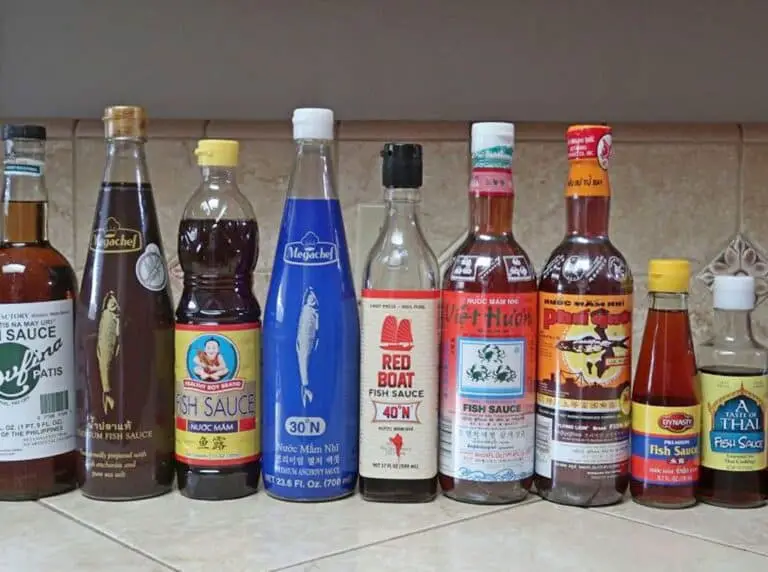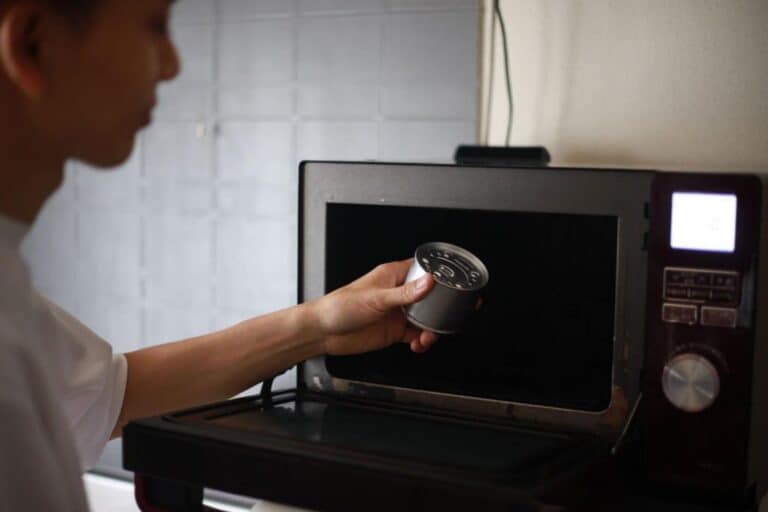Can You Eat Bok Choy Leaves? Creative Ways to Use Bok Choy Leaves
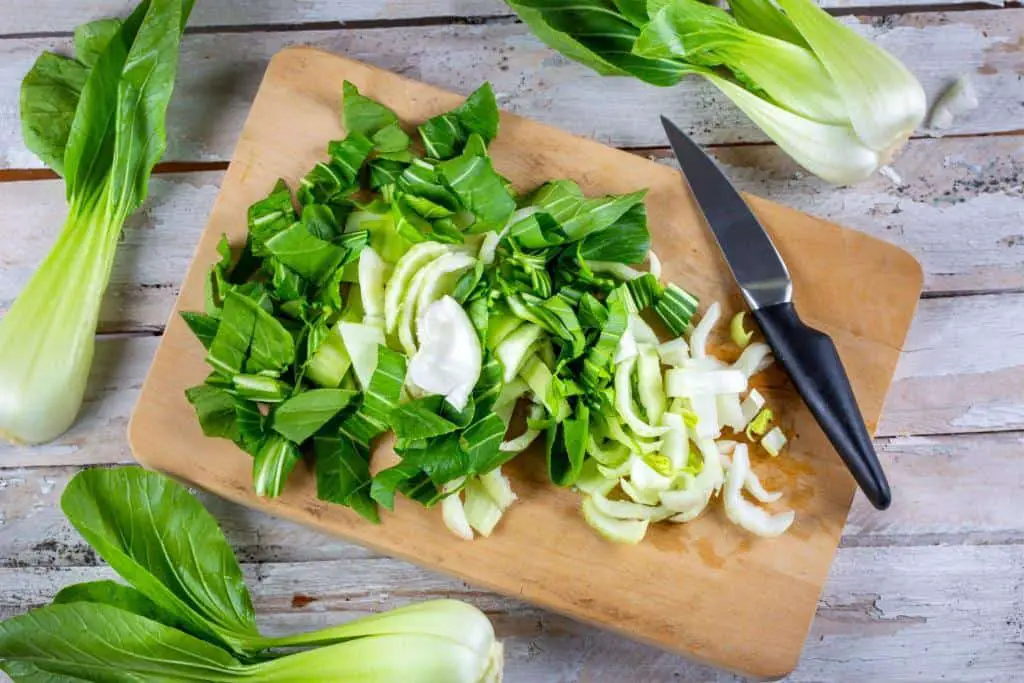
If you’re looking to add some variety to your meals and get more nutrients in your diet, bok choy leaves might just be the perfect ingredient to incorporate. Not only are they packed with vitamins and minerals, but they also offer a unique and delicious flavor that can enhance any dish.
But can you eat bok choy leaves? The answer is yes! In fact, bok choy leaves are not only edible but can also be used in a variety of creative ways to add flavor, texture, and nutrition to your meals.
In this article, we’ll explore some of the best and most creative ways to use bok choy leaves in your cooking, from salads and soups to wraps and more. So, let’s dive in and discover how you can incorporate this versatile vegetable into your diet!
Nutritional Value of Bok Choy Leaves
Bok choy leaves are a powerhouse of essential vitamins and minerals that are beneficial for our overall health. These dark green, leafy vegetables are low in calories but high in nutrients, making them an excellent addition to a healthy diet.
Bok choy leaves are highly nutritious, like any other leafy vegetable. One cup of cooked bok choy contains approximately 20 calories, 3 grams of protein, 3 grams of carbohydrates, and 2 grams of fiber.
One cup of raw, shredded bok choy contains approximately 9 calories, 1 gram of protein, 1.5 grams of carbohydrates, and 1 gram of fiber.
Bok choy is also a good source of vitamins and minerals, including vitamin C, vitamin K, calcium, potassium, and iron. As a healthy addition to any diet, bok choy leaves can be enjoyed in a variety of ways, such as stir-frying, sautéing, or adding to soups and stews.
Can You Eat Bok Choy Leaves?
Yes, you can eat bok choy leaves! In fact, the leaves are just as nutritious and delicious as the crunchy stems. While the crunchy stems are often the most sought-after part of bok choy to eat, just remember that the leaves are just as nutritious and delicious.
Bok choy leaves have a mild, slightly sweet taste that is similar to other leafy greens like spinach or lettuce.
When using bok choy leaves, it’s important to keep in mind that they are more delicate than the stems. The leaves can wilt quickly when exposed to heat, so it’s best to use them in dishes that require minimal cooking, such as salads, stir-fries, or soups. You can also sauté the leaves briefly with some garlic and oil for a quick and easy side dish.
When selecting bok choy with the intention of using the leaves, look for bunches with fresh, vibrant green leaves that are free of any wilting or discoloration. The leaves should be crisp and not too limp, indicating that they are still fresh. It’s also a good idea to give the leaves a quick rinse and pat them dry before using them in any dish.
WARNING
It’s worth noting that while bok choy leaves are generally safe to eat, consuming them in large quantities may cause digestive upset in some people. Additionally, some people may have an allergic reaction to bok choy, so it’s essential to monitor your body’s response to this vegetable.
Do You Eat the White Part of Bok Choy?
Yes, the white part of bok choy is commonly eaten and is just as nutritious as the green part. In fact, the white stalks are slightly sweeter and have a crunchier texture than the green leaves. The stalks also contain more fiber than the leaves.
When preparing bok choy, it is important to thoroughly wash it, especially the crevices between the stalks, as dirt and sand can get trapped there. After washing, chop off the end of the stalk and discard any wilted or discolored leaves. Then, slice the bok choy into desired sizes for cooking or you can eating raw bok choy.
When cooked, the white part of the stalks becomes tender and the leaves wilt slightly, making it a versatile vegetable that can be used in a variety of dishes.
Health Benefits of Adding Bok Choy Leaves to Your Meals
Bok choy leaves are a delicious and nutritious addition to any meal. Packed with vitamins, minerals, and antioxidants, these leafy greens can offer a range of health benefits that can help support your overall well-being.
One of the primary benefits of adding bok choy leaves to your meals is their high nutrient content. They are an excellent source of vitamins A, C, and K, as well as calcium, potassium, and iron. These nutrients are important for keeping bones healthy, helping the immune system work well, and making red blood cells.
Bok choy leaves are also low in calories, making them an ideal food for weight management. They are high in fiber, which can help keep you feeling full and satisfied for longer periods, reducing the likelihood of overeating and snacking on unhealthy foods.
In addition to their nutritional value, bok choy leaves may also offer benefits for heart health. They are abundant in antioxidants, which can help reduce inflammation and shield the heart from free radical damage. The potassium in bok choy leaves can also help to regulate blood pressure, reducing the risk of hypertension and other cardiovascular diseases.
Furthermore, bok choy leaves contain compounds that may have anti-cancer properties. These include glucosinolates, which are sulfur-containing compounds that have been shown to have protective effects against certain types of cancer.
How to Prepare Bok Choy Leaves Before Cooking
Bok choy leaves are a versatile vegetable that can be used in a variety of dishes, from stir-fries to salads. However, before you start cooking with bok choy leaves, it’s essential to prepare them properly. Here’s a step-by-step guide to help you prepare bok choy leaves before cooking:
- Wash the leaves: First, rinse the leaves under cold running water to remove any dirt or debris. Make sure to clean both the top and bottom of the leaves thoroughly.
- Trim the ends: Use a sharp knife to trim the ends of the bok choy leaves. This step is optional, but it can make the leaves easier to handle and cook with.
- Separate the leaves: Once the leaves are clean and trimmed, separate them from the stems. You can use the stems for cooking as well, but they will take longer to cook than the leaves.
- Dry the leaves: Pat the leaves dry with a clean towel or paper towel. Excess moisture can make the leaves wilt and affect the texture of the dish.
- Cut the leaves: Depending on how you plan to use the bok choy leaves, you may need to cut them into smaller pieces. For example, if you’re using the leaves in a stir-fry, you may want to cut them into thin strips. If you’re using them in a salad, you can leave them whole or tear them into smaller pieces.
Pay attention that bok choy leaves can cook quickly, so it’s best to add them towards the end of the cooking process to avoid overcooking them. You can sauté them in oil with garlic and ginger, or blanch them in boiling water for a few seconds before adding them to your dish.
How to Incorporate Bok Choy Leaves into Your Diet
Bok choy leaves are a versatile vegetable that can be incorporated into a variety of dishes, adding a delicious and nutritious twist. Here are some tips on how to incorporate bok choy leaves into your diet:
- Add to salads: Bok choy leaves can be an excellent addition to green salads, providing a crispy and refreshing texture. They pair well with other leafy greens, such as spinach or lettuce, and can be combined with other vegetables, nuts, and seeds to create a healthy and satisfying meal.
- Use in stir-fries: Bok choy leaves are commonly used in stir-fries in Asian cuisine, and can add a delicious flavor and crunch to the dish. Simply chop the leaves and stir-fry them with your favorite vegetables and protein for a quick and healthy meal.
- Make a soup: Bok choy leaves can also be used in soups, adding a flavorful and nutrient-rich ingredient to the mix. They can be added to vegetable soups, chicken soups, or noodle soups to enhance the flavor and texture of the dish.
- Create a wrap: Bok choy leaves can be used as a wrap instead of traditional tortillas or bread. Simply wash and dry the leaves, fill them with your favorite ingredients, and wrap them up for a healthy and flavorful meal.
- Juice them: Bok choy leaves can be juiced along with other fruits and vegetables to create a nutrient-packed drink. Simply add them to your juicer or blender, along with some other fruits and veggies, and enjoy a healthy and refreshing drink.
Is Bok Choy Leaves Healthier Raw or Cooked?
Whether bok choy leaves are healthier raw or cooked depends on the method of cooking and personal preferences.
When cooked, bok choy leaves become softer and easier to digest. Cooking also helps to break down the tough fibers in the leaves, making the nutrients more accessible to our bodies. However, cooking bok choy leaves for too long or at high temperatures can cause some of the nutrients to break down, reducing their nutritional value.
On the other hand, eating bok choy leaves raw can provide a higher concentration of certain vitamins and minerals. For example, vitamin C is easily destroyed by heat, so the leaves of raw bok choy may have more of this important nutrient.
The best way to enjoy bok choy leaves is to include them in your diet in a variety of ways, both raw and cooked. Incorporating them into salads or smoothies can provide a fresh and crisp flavor, while stir-frying or sautéing them can bring out their natural sweetness and add texture to your dish.

